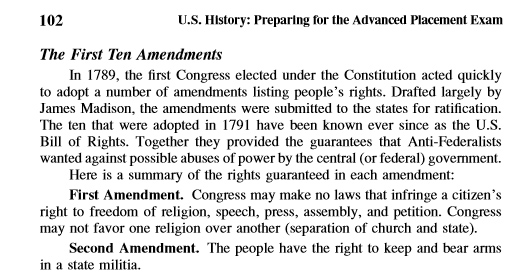Few things make me happier than when a commenter relieves me of the duty of writing about a topic.
In 2017, after the New York Times published a spectacularly dishonest list of President Trump “lies” since his inauguration, I wrote a post demonstrating just how outrageously the Times was warping the meaning of “lie,” and also applying a biased standard to Trump’s statements. I wrote,
In presenting this unethical project, the Times took unethical advantage of its readers’ confirmation bias. When the “Lie” list was printed, the Times made certain that it would require super-human dedication and extraordinary eyesight to read it, through the devices of listing every item and the Times commentary in horizontal sequence and in half the usual size type-face. (See above) This ensured that almost no readers would make the Herculean effort to read the whole thing , especially since the well-trained Times reader already “knows” that Donald Trump is a liar. In addition, the explosion of tiny words created the visceral response of “Wow! Look at all those lies!” which is exactly the effect the Times editors wanted.
But that isn’t reporting, and it isn’t journalism. The “list” was a page-size, visual, ad hominem attack. The Times wasn’t seeking close scrutiny of its list, nor was it interested in making any rebuttal easy or likely.
We have learned that the Times list was largely assembled from various fact-checker columns. That is a red flag, and explains many of the most embarrassing inclusions on the list. None of the fact-checkers are trustworthy. All of them are biased, Snopes and PolitiFact worst of all, and they consistently register opinions that the writer disagrees with as “false.” Many, many of the items on the Times list are in this category.
The entire exercise was an extension of #16 on the Fake News list, “Dishonest Factchecks. Here was a typical “lie” according to the Times, and its “proof”:
Jan. 21 “A reporter for Time magazine — and I have been on their cover 14 or 15 times. I think we have the all-time record in the history of Time magazine.”
Says the Times, “Trump was on the cover 11 times and Nixon appeared 55 times.”
Trump was making the general point that he had been on TIME’s cover a lot. He guessed that the number was 14 or 15; it was 11. That is what is known as a non-material misrepresentation: it’s meaningless and harmless, and certainly not an intentional deception. (“Heh, heh…I’ll make those poor, gullible fools think I was on TIME”s cover 14 times when it was ONLY ELEVEN!! BWAHAHAHAHAHA!!!) Then he said he “thinks” that’s a record. When someone says “I think” it means the speaker is acknowledging that he may be wrong. But Trump is not accorded the usual leeway given to everyone else, including other elected officials.
When a list includes something this clearly contrived, that list has no credibility. I found going through the Times list annoying, then shocking, and finally infuriating. So when the Washington Post pulled the same stunt, I kept putting off giving it the same treatment that I did the Times’ exercise in lies about lying.
Thus I was thrilled to receive this Comment of the Day from stalwart Steve Witherspoon, on the post, The Many Species Of Fake News: Continue reading








